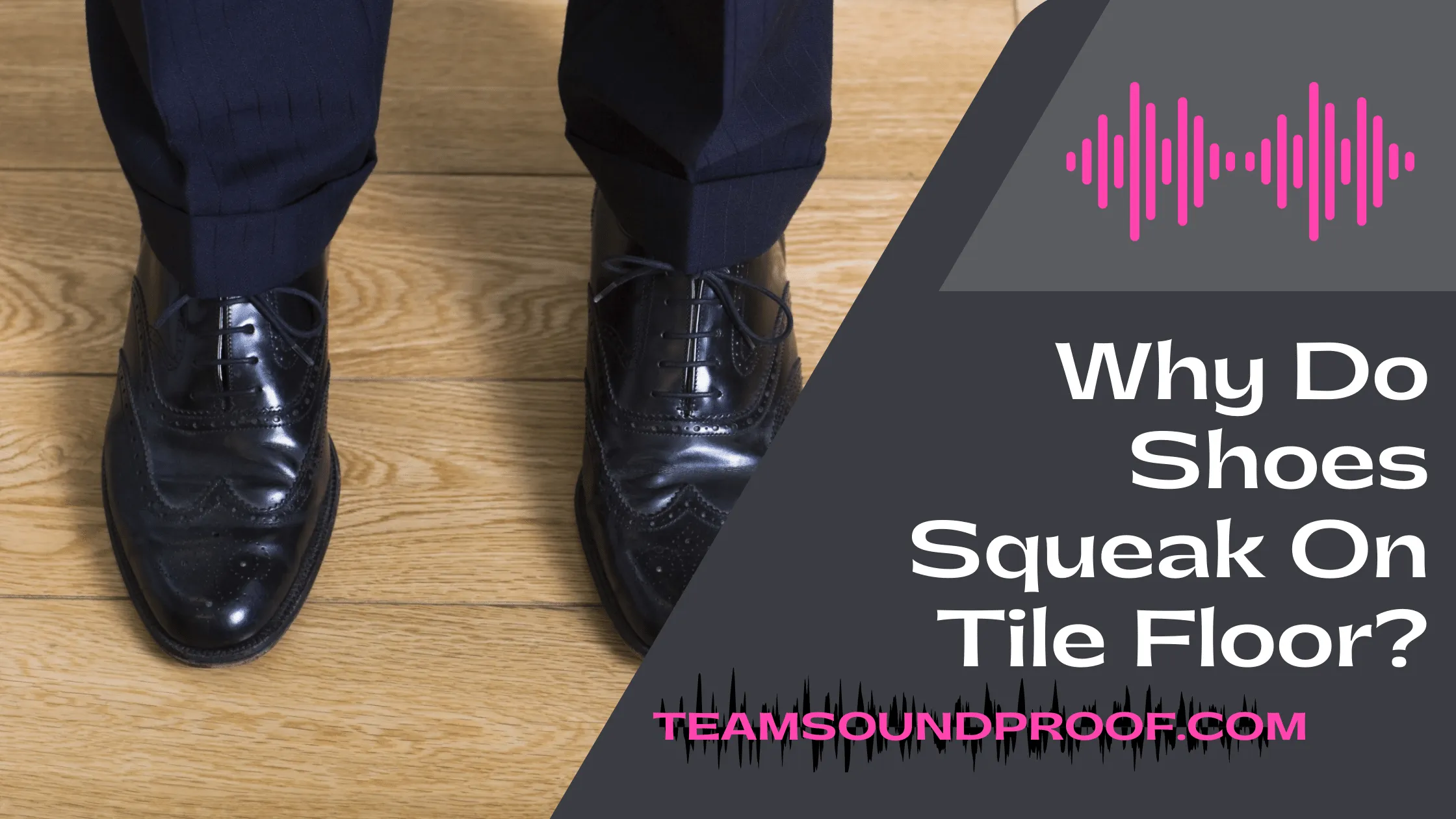Children playing, music, laughter, waves crashing, birds chirping, the pitter-patter of little feet, raindrops falling; there are so many beautiful sounds. But have you ever wondered how we hear them? What makes a sound? Let’s explore!
When something vibrates, it produces a sound. The faster it vibrates, the higher the pitch or frequency of the sound. Slower vibrations produce lower-pitched sounds. Sound waves travel through the air (or any medium), and when they reach our ears, we hear a sound.
So, does sound travel up or down? The answer is both! Sound waves can travel in any direction, but we usually think of them as moving up and down.
Why? Well, let’s think about how we hear sounds. When a sound wave reaches our ear, it vibrates our eardrum. This vibration is passed along to tiny bones in our ear, which amplify the sound and send it to our brain. When we hear a sound, it’s vibrations that are moving up through our ear bones to our brain. But the sound waves themselves can travel in any direction!
Different Types Of Sound:
When trying to soundproof a room, you will want to consider all the types of sound that could be traveling through the air and find a way to block them. Here are some of the most common types of sound:
- Impact noise – This is created when two surfaces hit each other like footsteps or doors slamming.
- Airborne noise – This is created by vibrating objects, like voices or music.
- structure-borne noise – This is created when vibrations travel through a solid object, like footsteps on a floor or the rumble of a train.
- Machinery noise –Machines like air conditioners or generators create this.
- Vehicular noise – This is created by traffic or other moving vehicles.
- Environmental noise – This includes sounds like construction noise or aircraft flyovers.
Now that you know a little bit more about sound, does it seem like some types of sound could travel further than others? That’s right they can! For example, impact and structure-borne noise tend to travel further than airborne noise.
Does Sound Move in All Directions?
The answer to this question is a bit more complicated than a simple yes or no. While it is true that sound waves travel in all directions, the speed at which they travel varies depending on the medium through which they are traveling. For example, sound waves travel more quickly through solids than they do through liquids or gases.
So while sound does move in all directions, the speed at which it travels will depend on the medium through which it is moving. This is an important distinction to make when studying the behavior of sound waves.
How Do Minimize the Impact of Sound?
Now that you know how sound waves travel, you might be wondering how to minimize the impact of sound. There are a few things you can do to reduce noise pollution and make your home or office more peaceful:
- Use soft materials to absorb sound. For example, you can hang curtains or put rugs on the floor.
- Use sound-proofing materials. These are special materials that block sound waves from passing through them.
- Make sure there are no hard surfaces for sound to bounce off of. If you have hardwood floors, for example, you might want to consider using an area rug.
- Move any noisy appliances away from living areas. For example, you might want to keep your washer and dryer in a separate room.
- Use white noise to mask other sounds. White noise is a sound that is uniform across all frequencies, and it can help to drown out other sounds. You can find white noise machines or apps that generate white noise.
With a little effort, you can reduce the impact of sound and create a more peaceful environment.
Which Sound Travels the Fastest?
You might have noticed that some sounds travel faster than others. This is because the frequency of a sound wave affects how fast it travels.
Higher pitched sounds have higher frequencies, and they travel faster than lower pitched sounds. So, a sound like a dog whistle can travel quite fast, while a sound like a bass drum won’t travel as fast.
How does this happen? Well, sound waves are vibrations in the air (or any medium). The higher the frequency of a sound wave, the more times it vibrates per second.
And since the speed of sound is related to how often something vibrates, higher pitched sounds travel faster than lower pitched sounds.
Conclusion!
Now you know that Sound waves travel in all directions, but they can only travel so far before they start to dissipate. This is why you can hear sounds from far away on a clear night, but not as well on a cloudy day.
Sound waves travel fastest in cold, dry conditions and slowest in warm, humid conditions. This is because the temperature affects the density of the air, and denser air is better at carrying sound waves.
You can reduce noise pollution by using soft materials to absorb sound, sound-proofing materials to block sound, and by moving any noisy appliances away from living areas. You can also use white noise to mask other sounds.
Finally, you now know that higher pitched sounds have higher frequencies and travel faster than lower pitched sounds. This is because the speed of sound is related to how often something vibrates, and higher pitched sounds vibrate more times per second than lower pitched sounds.
We hope you found this article helpful. If you have any questions or comments, please feel free to reach out to us. Thanks for reading!





